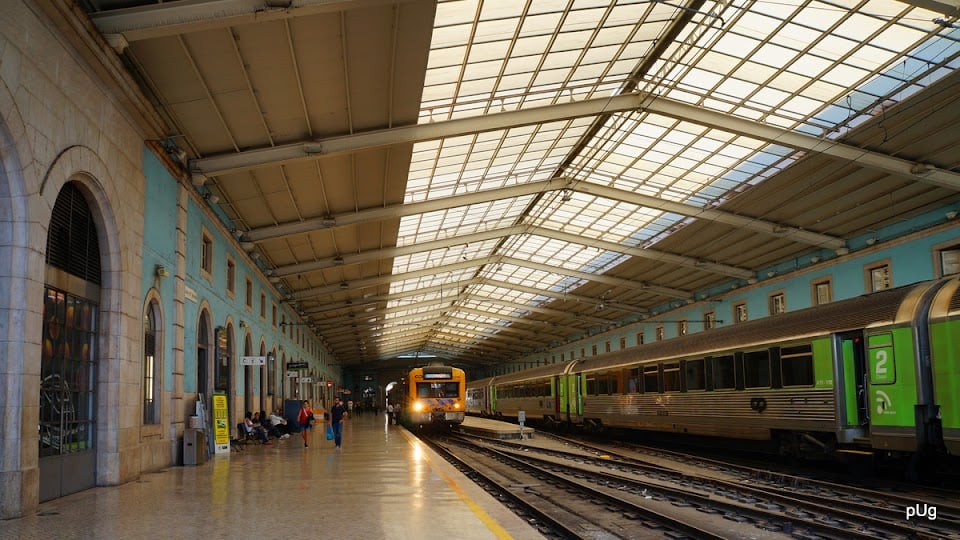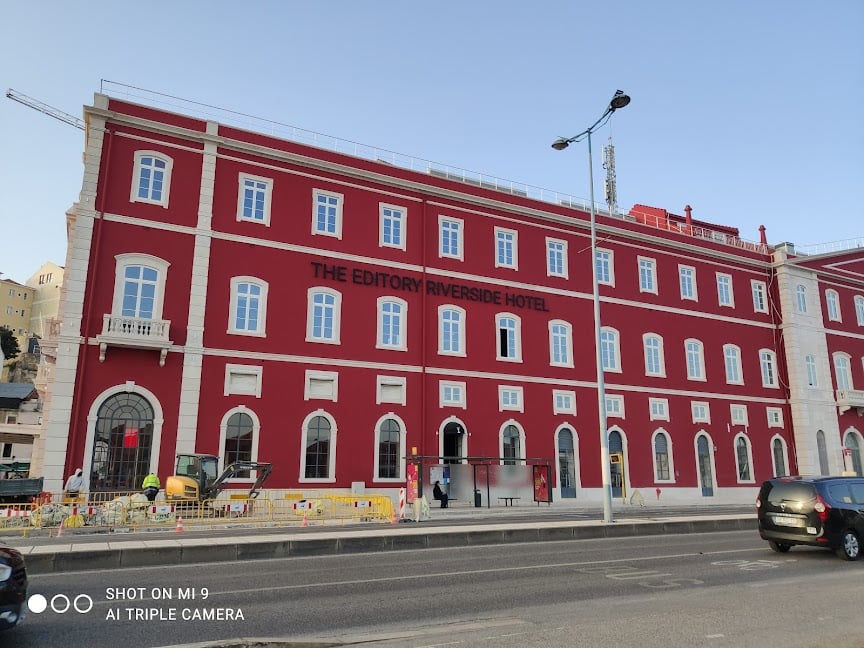Santa Apolónia





Ask ThatchGPT
Suggest a local expert to plan my trip
Suggest an unique itinerary for my Portugal trip
What foods do Portugal locals eat
What are some true hidden gems in Portugal
Help me brainstorm trip ideas for Portugal
Help me plan a family-friendly trip to Portugal
What people say
Pedro Pereira
Available for hire
"The Lisbon-Santa Apolónia Station is the terminal station of the current Northern Line and was the first Portuguese train station.
Opened on October 28, 1856, the date of the first railway journey in Portugal, from Lisbon (Cais dos Soldados Station – as it was then called because the goods pier existed in the first half of the 19th century, right next to do Tejo, an Artillery barracks, this area being occupied by soldiers –, today Santa Apolónia) to Carregado.
The building complex is located in the eastern part of Lisbon, having been located on a narrow strip of land, at the time of its construction, between the Tagus River and the houses, before the construction of the embankment for Av. Infante D. Henrique at the beginning of the 20th century.
The current passenger building was built to the west of the old Convent of Santa Apolónia – where temporary facilities for passengers and goods operated – in Largo dos Caminhos de Ferro, opposite the Military Museum. The original project was designed by engineers Angel Arribas Ugarte, João Evangelista Abreu and Lecrenier, and the building was completed in 1865. Construction was carried out by the French company of C.A. Oppermann and was directed by engineer Agnés. It cost 255,164$000 réis at the time, the equivalent of just over 1 euro and 27 cents.
The passenger building, top and level, with a “U” typology, has a symmetrical main facade in neoclassical style: decoration of the balconies, the pediment and architrave, the round arches and the protrusion in the central body of the main module. The nave is approximately 120m long, 25m wide and had a maximum height of 13m, before the addition of a floor in the early years of the 20th century. The materials used in its construction were brick masonry, limestone stonework, wrought iron, pine wood and glass.
From 1998 onwards Santa Apolónia suffered from competition from the new Estação do Oriente, built on the occasion of Expo'98, but on December 19, 2007 it gained a new centrality with the inauguration of the interface with the capital's Metro."
Dee Dee Welke
"By Train:
Departure Station: Lisbon’s main train stations are Santa Apolónia and Oriente.
Train Options: Opt for the Alfa Pendular (AP) or Intercidades (IC) trains for a direct and comfortable journey. Choose between the Alfa Pendular (AP) that have outlets with every seat and wifi or, Intercidades (IC) that have seats with outlets but no wifi , or Urban trains which is longer and cheaper.
Duration: The journey takes approximately 2.5 hours.
Frequency: Trains run frequently throughout the day.
Tickets: Purchase tickets in advance online or at the station. Prices range from €20 to €35, depending on the class and time of booking.
By Car:
Route: Take the A1 highway northbound from Lisbon.
Duration: The drive takes around 2.5 hours, covering about 255 kilometers.
Tolls: Be prepared for tolls along the route. Ensure your rental car has a toll device for a smoother journey.
By Bus:
Departure Station: Buses leave from Lisbon’s Sete Rios or Oriente bus stations.
Duration: The bus journey takes about 3 to 3.5 hours.
Tickets: Purchase tickets online or at the station. Prices typically range from €15 to €25."
Sarina Kist
Available for hire
"Located near the Alfama district, this is the oldest railway station in Lisbon and serves as the terminal for many international and domestic routes. It’s well-connected by metro (blue line) and bus services."
Mentioned in these guides
About Santa Apolónia
Get the inside scoop on Santa Apolónia from local experts, travel creators, and tastemakers. Browse genuine trip notes, Santa Apolónia reviews, photos, travel guides, and itineraries from real travelers and plan your trip with confidence.
Save this spot for later or start mapping out a new trip today
Try our AI Travel Assistant and get instant answers to any questions about your trip.
Ask ThatchGPT


